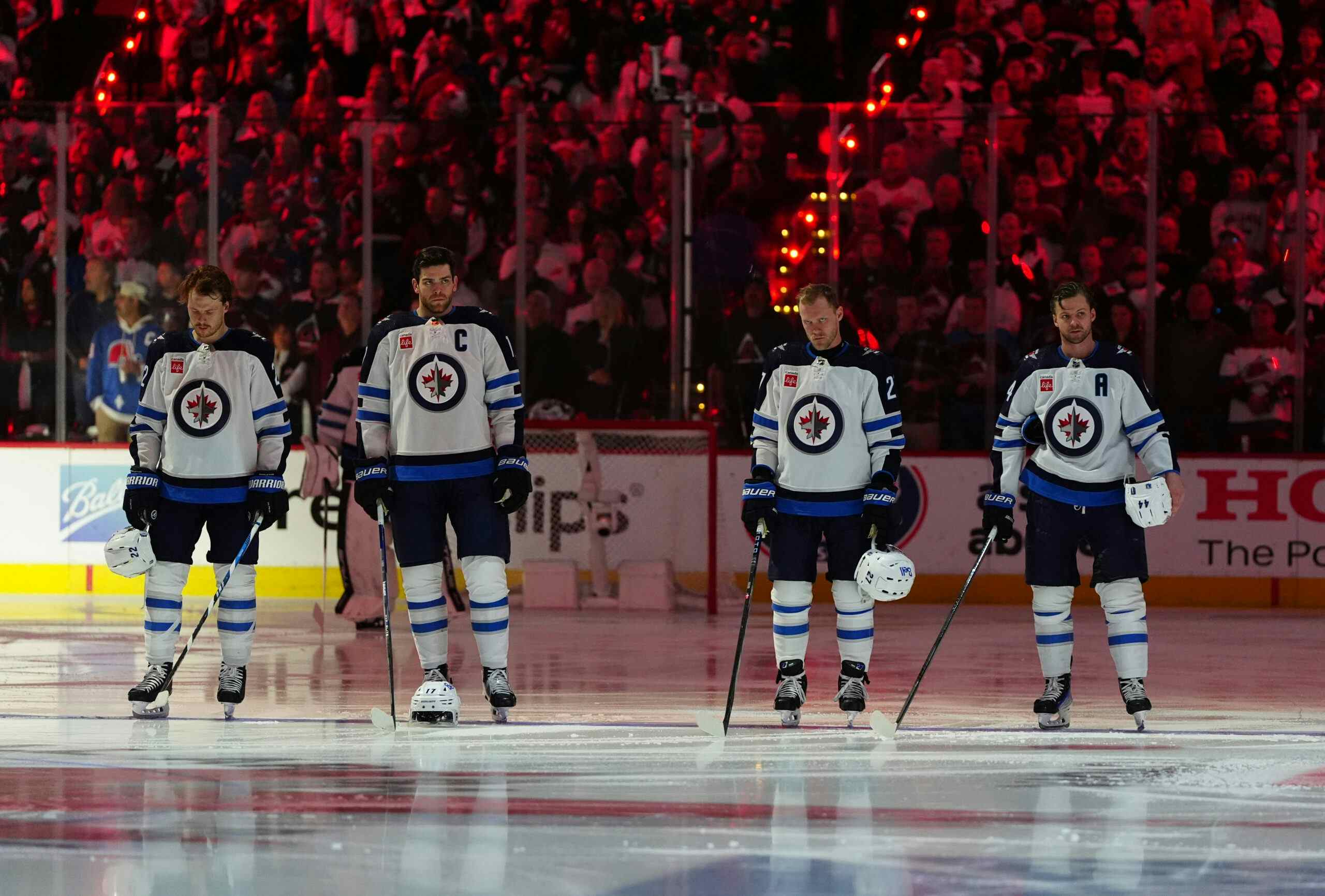Jets Nation Prospect Profile 2015: #17 Chase De Leo
By Garret Hohl
8 years ago
In the 2014 NHL Entry Draft, three Portland Winterhawks’ forwards were drafted in the third round. All three were 6’1 to 6’2 with between 30 to 40 points in 60 to 70 games. Then in the fourth round the Jets drafted 5’10 Chase De Leo from the very same team.
While no one knows for sure whether or not the Jets had De Leo ahead of the other three Hawks, we do know the Jets liked the small, skilled forward enough to take him at 99th overall. Maybe the Jets understood that the better player despite being smaller is still the better player.
We continue our summer prospect profile series, checking in at #17.
In his draft eligible year, Chase De Leo put up over a point per game pace with 81 points in 72 games. This placed him as the fourth highest scoring forward on the team, behind the Hawks top line and older trio of Nic Petan, Bredan Leipsic, and Oliver Bjorkstrand.
Size was not the only argument though that potentially made De Leo legitimately ranked behind the three drafted in the fourth round. De Leo is also a late ’95 birthday, meaning he is much older than a large chunk of his draft class and the three Hawks drafted in the third round.
However, De Leo put over a point per game pace in his draft eligible season (and the season after), while the other three one year later still have been able to meet that benchmark.
For the most part, De Leo has scored similar relative to his age as measured by Player Cohort Success (which looks at players similar in age, scoring, height, and league):

De Leo did see a dip this season, although it may be due to factors outside of his talent.
The largest weakness to PCS is that it is agnostic to context. Context must come from the individual using the metric. This is why PCS is a tool for the decision maker to make smarter decisions, not make the decisions for the individual.
De Leo started the season on the top line, but was quickly moved to the Winterhawks second line to spread out the scoring, while the Hawks had Paul Bittner play with Petan and Bjorkstrand. It is unusual for a player of De Leo’s talent level to be situated on the second line in junior.
De Leo did get a boost with playing on the primary power play unit, but still his even strength numbers were held back. The next closest middle six forward scored 10 less even strength points than De Leo, showing De Leo was the primary driver of the Hawks secondary scoring.
Despite this disadvantage, De Leo finished the season as the WHL’s 15th highest point per game player.
De Leo being a smaller, high scoring, Jets draft pick coming from the Portland Winterhawks, which leads to a lot of comparisons to Nic Petan. They are very different players though.
While Petan is not a bad goal scorer, nor De Leo a weak play maker, the two will initially look for the opposite play. Given the opportunity, Petan will seek out a backdoor pass rather than taking the shot, while De Leo would rather drive the net. Petan slows down the game with the puck on his stick while De Leo is more about attack.
It looks as though Petan and De Leo will get to stay as teammates for the net year as well. While De Leo is a full year behind by draft class, the late birthday makes De Leo eligible to play in the AHL next season.
The Jets have signed both to entry level contracts and they will both likely be playing for the Manitoba Moose, provided Petan does not make the Jets in the fall.
While De Leo has spent most of his junior career as a centre, it is likely that the Jets develop De Leo as a winger. De Leo has spent some moments as a left winger, which is an area of organizational weakness in depth at all levels. While De Leo is not weak defensively, his skill sets and play style likely makes him better suited on the wing.
Here are all 39 of De Leo’s goals from his draft eligible season, courtesy the Jets Nation’s own Anthony Lenting:
Recent articles from Garret Hohl





